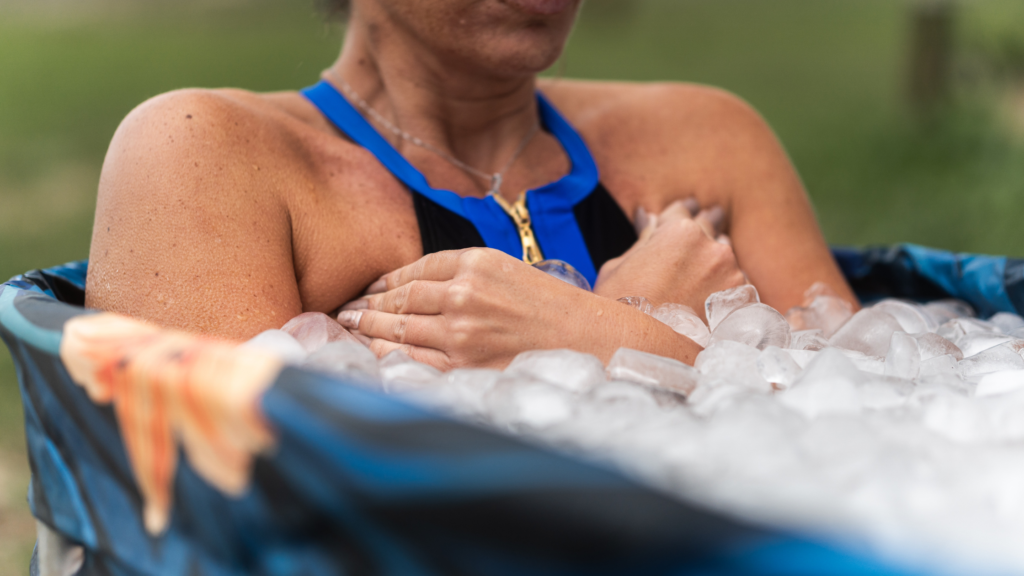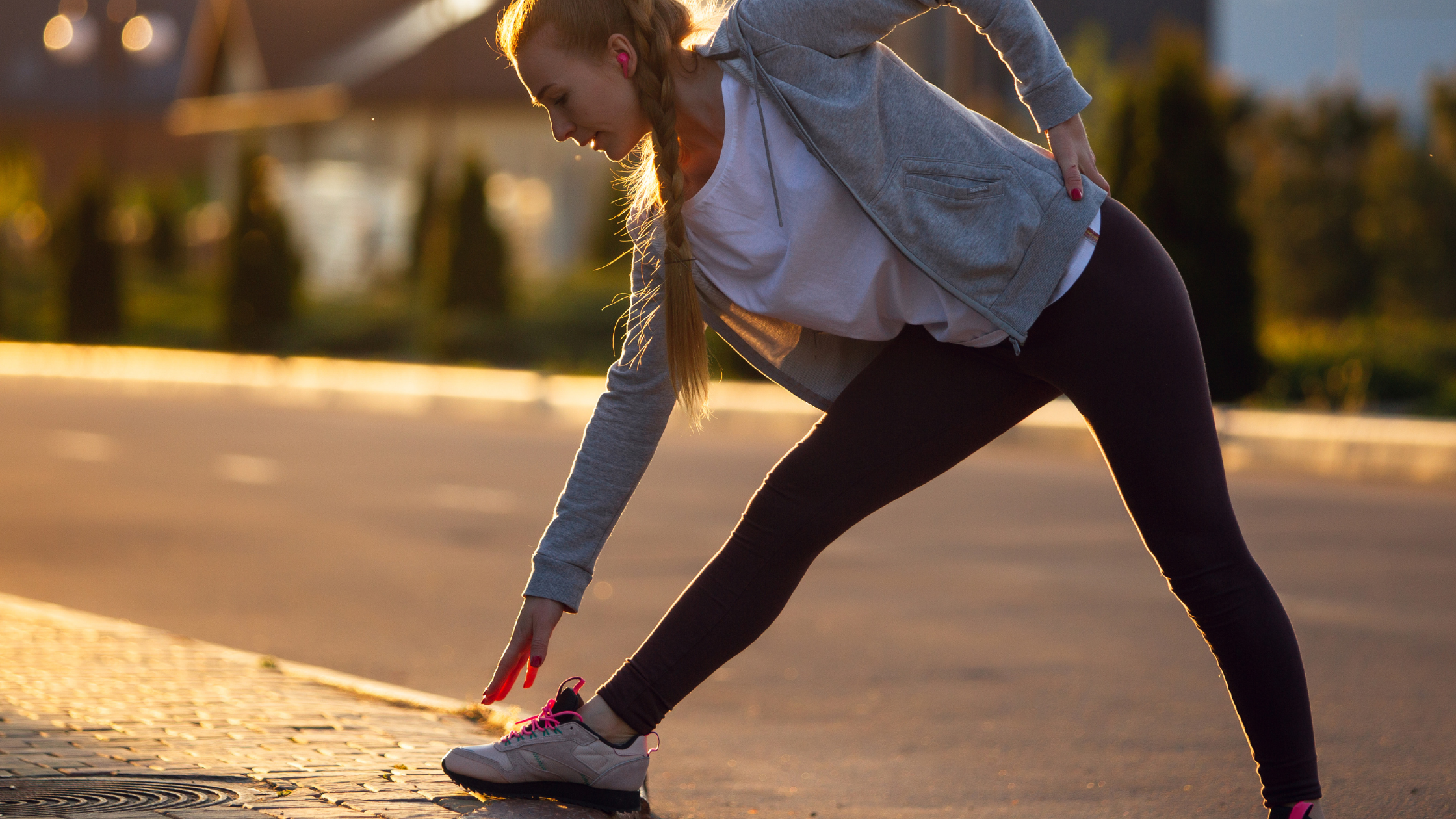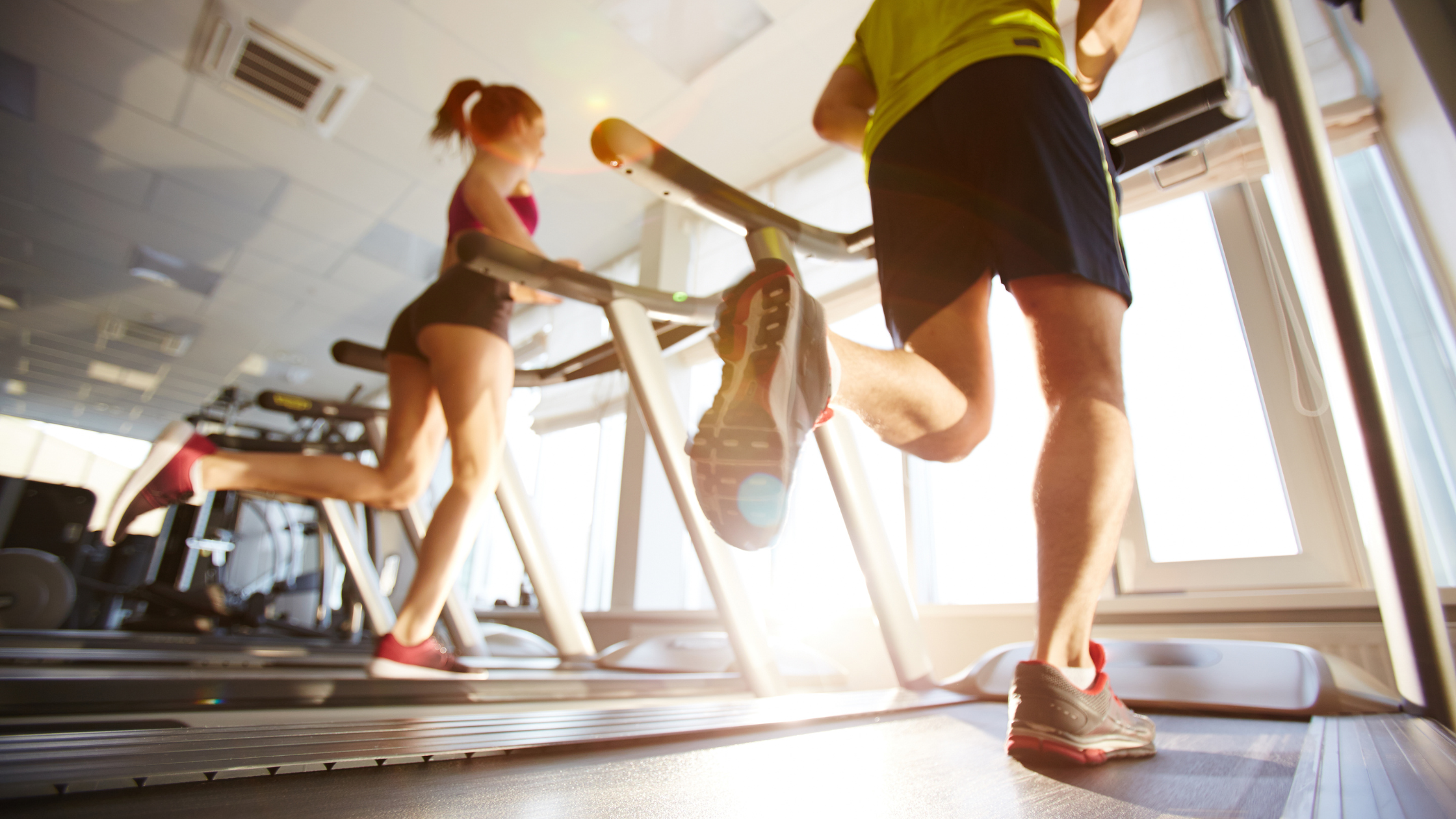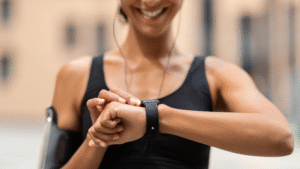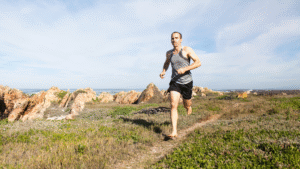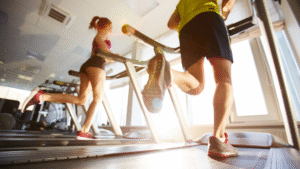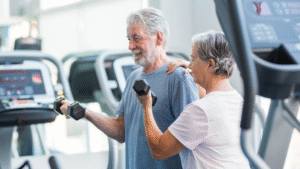Ever seen athletes plunge into an ice bath after a game, or heard of people standing in subzero cryotherapy chambers? Cold therapy has taken the wellness world by storm – and for good reason. Exposing your body to extreme cold for short periods can trigger a host of beneficial physiological responses. In this expert guide, we’ll break down the benefits of ice baths and cryotherapy for recovery and health, explain the differences between the two methods, and give you tips on how to safely start your own cold therapy practice. Get ready to chill out (literally) in the name of peak performance!
What is Cold Therapy?
Cold therapy (also known as cold water immersion or cryotherapy) involves using very low temperatures to stimulate your body. The two popular forms are:
Ice Baths (Cold Water Immersion): Submerging most or all of your body in very cold water (typically 50°F/10°C or colder) for a short time. This can be done in a tub filled with ice and water, a specialized cold plunge tub, or even a frigid lake if you’re adventurous. Ice baths usually last a few minutes (3–10 minutes) depending on tolerance.
Cryotherapy Chambers: Stepping into a chamber or tank that blasts you with extremely cold air (often below -150°F / -100°C) for 2–3 minutes. This is a more high-tech approach – you stand while wearing minimal clothing (and protective gloves/socks) and the cold air envelops you. It’s essentially a “dry” cold as opposed to the “wet” cold of water immersion.
Both methods aim to rapidly cool the body’s surface and send a signal to your system. You’ll typically shiver and feel a strong “cold shock.” When used correctly, this shock is a hormetic stressor – a short, controlled stress that causes the body to adapt and become stronger.
Key Benefits of Cold Therapy
Cold therapy might sound uncomfortable (and yes, it can be intense!), but the benefits reported by enthusiasts and supported by research are impressive:
Faster Muscle Recovery: One of the most well-known benefits – especially in sports – is reduced muscle soreness and quicker recovery after exercise. The cold causes blood vessels to constrict, which can reduce swelling and inflammation in muscle tissues. Research shows that cold-water immersion helps reduce exercise-induced muscle damage and soreness, leading to better performance the next day. It’s part of why athletes use ice baths as part of the RICE (Rest, Ice, Compression, Elevation) protocol for injury recovery. By flushing out metabolic waste and bringing fresh blood when you rewarm, ice baths can significantly cut down DOMS (delayed onset muscle soreness).
Reduced Inflammation & Pain: Cold acts as a natural anti-inflammatory. Just as you’d put ice on a sprained ankle, soaking in an ice bath can lower systemic inflammation. Many people with chronic pain or inflammatory conditions (like arthritis) report relief after cold therapy sessions. The immediate cold exposure initially causes a spike in inflammation markers (as the body responds to the stress), but soon after, a powerful anti-inflammatory effect kicks in. Over time, regular cold plunges may help lower baseline inflammation levels. Less inflammation can mean less joint pain and improved overall recovery from daily stresses.
Improved Mood & Alertness: If you’ve ever ended a cold shower feeling oddly euphoric and energized, it’s not your imagination. Cold exposure triggers the release of endorphins and norepinephrine in the brain, chemicals that boost your mood and focus. That post-cold high is real – many find that cold therapy leaves them feeling exhilarated and positive. It also tends to wake you up fast. (Some biohackers use a 2-minute cold shower in the morning to replace coffee!). Over time, there’s speculation that this neurotransmitter boost can even help with symptoms of depression and anxiety. One key point: cold exposure also lowers cortisol levels after the session, meaning it can reduce stress. In fact, by regularly stressing the body in a controlled way (cold plunges), you might build resilience and reduce how much everyday stress rattles you.
Stronger Immune Response: Believe it or not, subjecting yourself to freezing water might strengthen your immune system. A groundbreaking 2014 study on practitioners of the Wim Hof Method (which combines breathing techniques with cold exposure) found that they produced fewer inflammatory cytokines and more anti-inflammatory substances when injected with a toxin, compared to controls – essentially resisting sickness better than expected. Translation: cold exposure, especially combined with deep breathing, appeared to bolster the immune system response. Additionally, some surveys have noted that people who do routine cold showers or plunges report fewer colds and illnesses over the long term. While more research is needed, the immune boost claim has some intriguing support.
Enhanced Circulation and Brown Fat Activation: Repeated cold exposure trains your blood vessels to contract and expand efficiently, improving circulation. Your body, in an effort to cope with cold, also can increase brown adipose tissue (brown fat) – a metabolically active type of fat that burns calories to generate heat. This has been a hot area of research for metabolic health: more brown fat activation could help regulate blood sugar and weight. You won’t turn into a calorie-burning machine overnight, but consistent cold exposure does nudge your metabolism. Some biohackers even say cold showers helped them lose a bit of weight (likely due to a combination of brown fat and slightly increased calorie burn to stay warm).
Resilience & Mental Grit: Beyond the physical, there’s a mental benefit to embracing the cold. It’s hard to lower yourself into an ice bath – your mind rebels and wants comfort. By doing it anyway, you train your mental fortitude and ability to withstand discomfort. This can carry over into other areas of life, making you more resilient. There’s also a sense of accomplishment and confidence that comes from “doing the hard thing.” No wonder groups that do polar plunges often describe a huge psychological lift and a bonding experience.
Ice Baths vs. Cryotherapy: What’s the Difference?
Now, you might wonder: should you fill up a tub with ice or find a fancy cryotherapy clinic? Both ice baths and whole-body cryo work on similar principles, but here are some differences:
Temperature and Sensation: Ice baths are cold, usually in the range of 32–50°F (0–10°C). The water conducts heat away from your body, which feels very biting on the skin. Cryotherapy chambers are much colder in air temperature (like -150°F!), but air doesn’t conduct heat as well as water. People often describe cryo as a more “tingly cold” and oddly more tolerable than an ice bath, since your skin stays dry. You also don’t get the hydrostatic pressure of water on your body. Both will make you shiver and feel frozen, but the ice bath tends to produce a deeper bone-chill afterward whereas cryo’s effect might be very intense but short-lived (you warm up quicker after stepping out, since your core wasn’t cooled as much).
Accessibility: Ice baths are easy to do at home (albeit a bit of a hassle with buying ice or getting a tub). Cryotherapy chambers are expensive equipment usually found at wellness spas or sports therapy centers. A cryo session might cost $30-$50 each. So, for daily or frequent use, ice baths (or cold showers) are more accessible for most people. Lately, affordable at-home cold plunge tubs (insulated tubs or inflatable ones) have hit the market, making it easier to maintain cold water without dumping bags of ice each time. Some even have chillers to keep water at set temps.
Exposure Time: In an ice bath, you’ll typically stay for 2 to 10 minutes. With cryotherapy, sessions are much shorter – often 2 to 3 minutes max – because the extreme cold air can be dangerous for longer durations. Both require caution and building up tolerance slowly. Never exceed recommended times, as hypothermia or fainting is a risk if overdone.
Whole-body vs Localized: Both are essentially whole-body (except your head stays above water in a bath, and in cryo your head is usually out of the chamber or in a separate head area with slightly warmer air). For localized issues (say a sore knee), you might also do targeted ice packs or local cryotherapy devices which are separate from these full-body immersions.
In terms of benefits, both ice baths and cryotherapy offer similar recovery and anti-inflammatory benefits. Some argue ice baths penetrate muscles more deeply due to water’s conductivity, potentially yielding slightly more recovery benefit for muscles. Cryotherapy, being so cold, might cause a quicker release of adrenaline and endorphins in some individuals. However, scientific reviews note that the outcomes (muscle soreness reduction, etc.) are comparable. One advantage of cryo: you’re not wet, so it’s faster with no need to shower/change. An advantage of ice baths: water cooling might more effectively lower core temperature if that’s desired (beneficial after overheating from exercise, for example).
Getting Started with Cold Therapy (Safety Tips)
If you’re intrigued to try cold therapy, here’s how to start:
Start Small: You don’t have to jump into a 32°F ice bath on day one. Start with cold showers at the end of your regular shower. For the last 30 seconds, turn the water to cold and focus on breathing calmly. Gradually increase to 1-2 minutes of cold. This builds tolerance and gives a taste of the sensations.
Ice Bath at Home: Fill a bathtub or large container with cold water and add ice (or use just cold tap water if in a cold climate). Aim for water temp of around 50-60°F (10-15°C) for a beginner. Sit in it up to your waist or neck for 1-2 minutes to start. Yes, it will feel very cold and you’ll gasp – that’s normal. Try to control your breathing: slow, deep breaths help your body adjust. Over sessions (with at least a day in between initially), you can try staying in a bit longer, up to about 5 minutes. There’s no need to push extreme times; even 2-3 minutes is plenty for benefits.
Cryotherapy Session: Find a reputable cryotherapy center. They’ll give you protective gear for extremities and guide you. As a first-timer, you might do just 2 minutes at -130°F, for example. Follow their instructions closely – and if at any point you feel too uncomfortable or dizzy, step out. Cryo technicians are usually present to monitor you.
Listen to Your Body: You’ll know you’ve had enough when you feel numb or your shivering is intense. After exiting, you should warm up gradually – dress and do some light movement or enjoy a warm drink. Don’t jump into a hot shower immediately (give it a few minutes, as rapid rewarming can sometimes cause a blood pressure drop).
Consistency: To really reap benefits (like inflammation reduction or mood effects), consistency helps. Many biohackers do cold exposure several times a week. Even a quick cold shower every morning can be beneficial. Find a routine that you can stick with. (But also allow recovery days – you don’t need to torture yourself daily unless you love it.)
Safety Warnings: Cold therapy is generally safe for healthy individuals, but if you have any heart conditions, blood pressure issues, or serious medical concerns, check with a doctor first. The shock of cold can constrict blood vessels and briefly raise blood pressure. Also, never do cold immersions alone until you are very experienced – there’s a (small) risk of fainting or in rare cases cold shock. Always have someone nearby or monitoring you, especially in the beginning.
Final Thoughts
Cold therapy is a bracing experience in the moment, but the payoff can be well worth that initial “brrrr!” factor. From reducing muscle soreness so you can train harder, to improving your mood and stress resilience, the benefits of ice baths and cryo make them popular tools in the biohacker’s toolkit. As one study summarized, cold-water immersion can lead to reduced stress levels, better sleep, and higher quality of life for regular practitioners. It’s like a reset for your nervous system – after you emerge from the cold, you feel new again.
Whether you choose the DIY ice bath route or an occasional cryotherapy chamber session, embracing the cold might unlock new levels of recovery and wellness for you. Remember to start slow and treat it like an adventure. Over time, you might even start looking forward to that frigid plunge as one of the most invigorating parts of your routine (it’s true – many folks get addicted to the refreshing feeling). So take a deep breath, summon your courage, and give cold therapy a try. Your body will thank you later!
(Affiliate Note: If you want to set up cold therapy at home, consider products like a portable cold plunge tub or an “ice barrel.” These are available on Amazon and can make ice baths more convenient by insulating the water and sometimes including a cover or chiller hookup. For cryotherapy, you’ll likely need to visit a local clinic – search for introductory offers to try your first session.)

